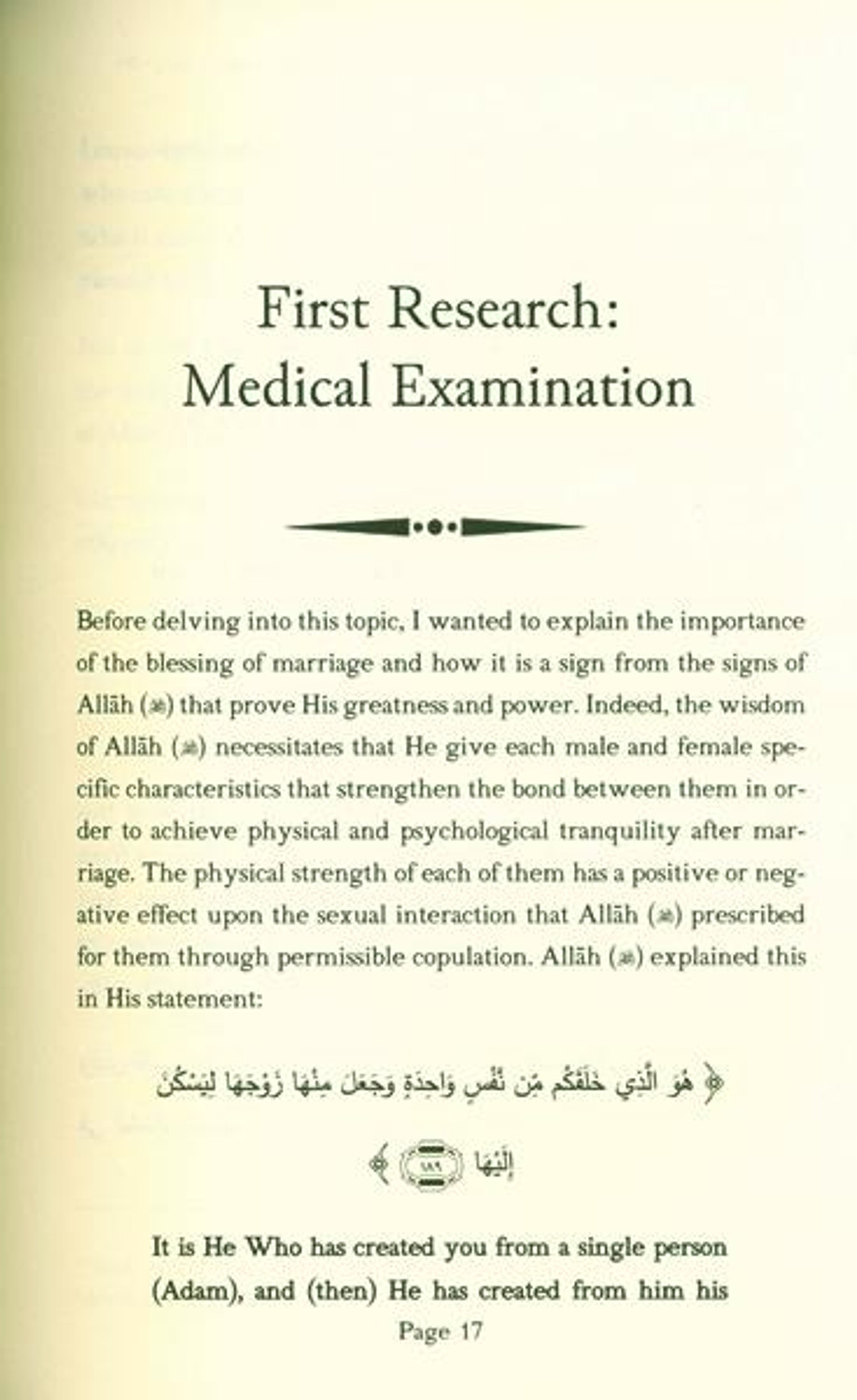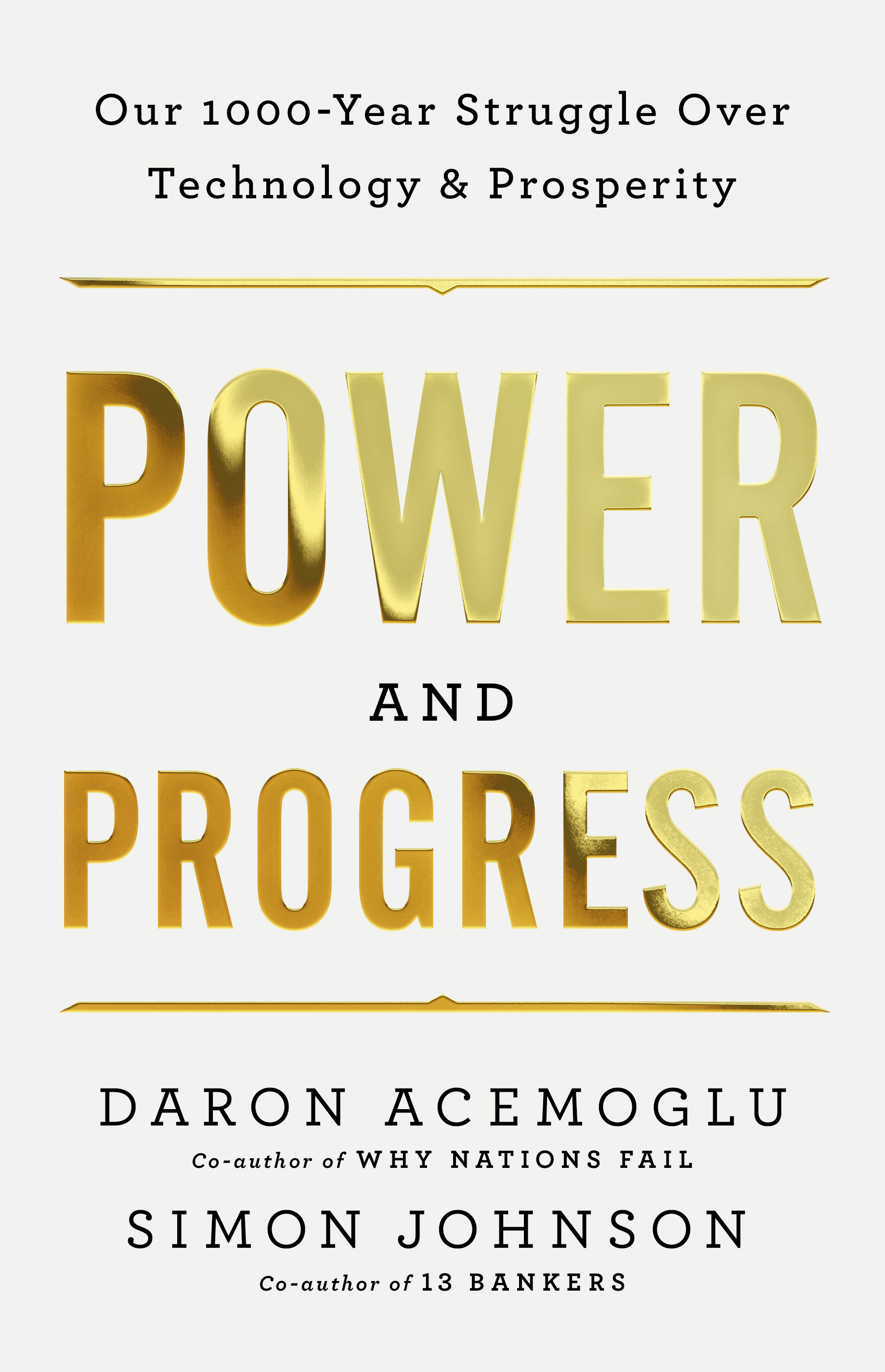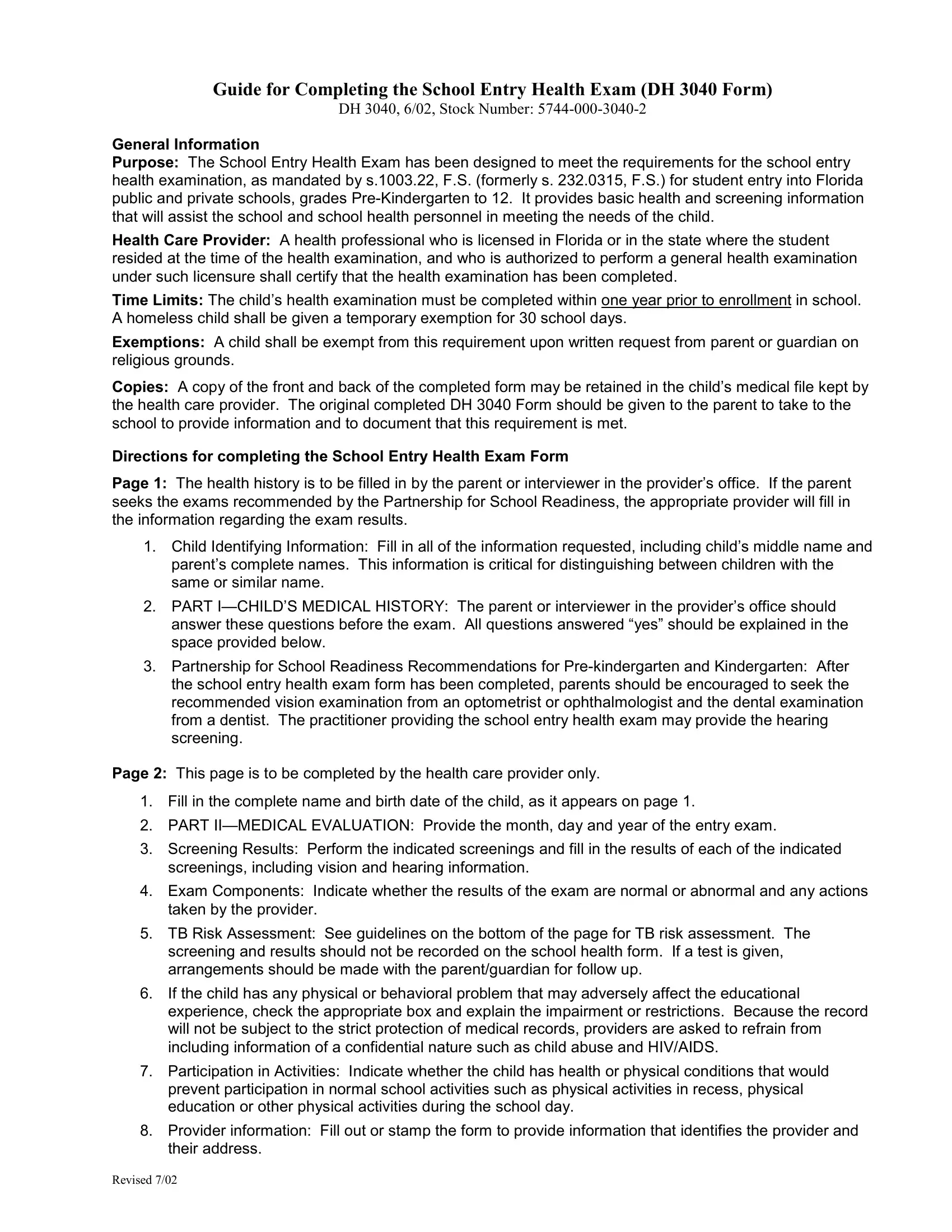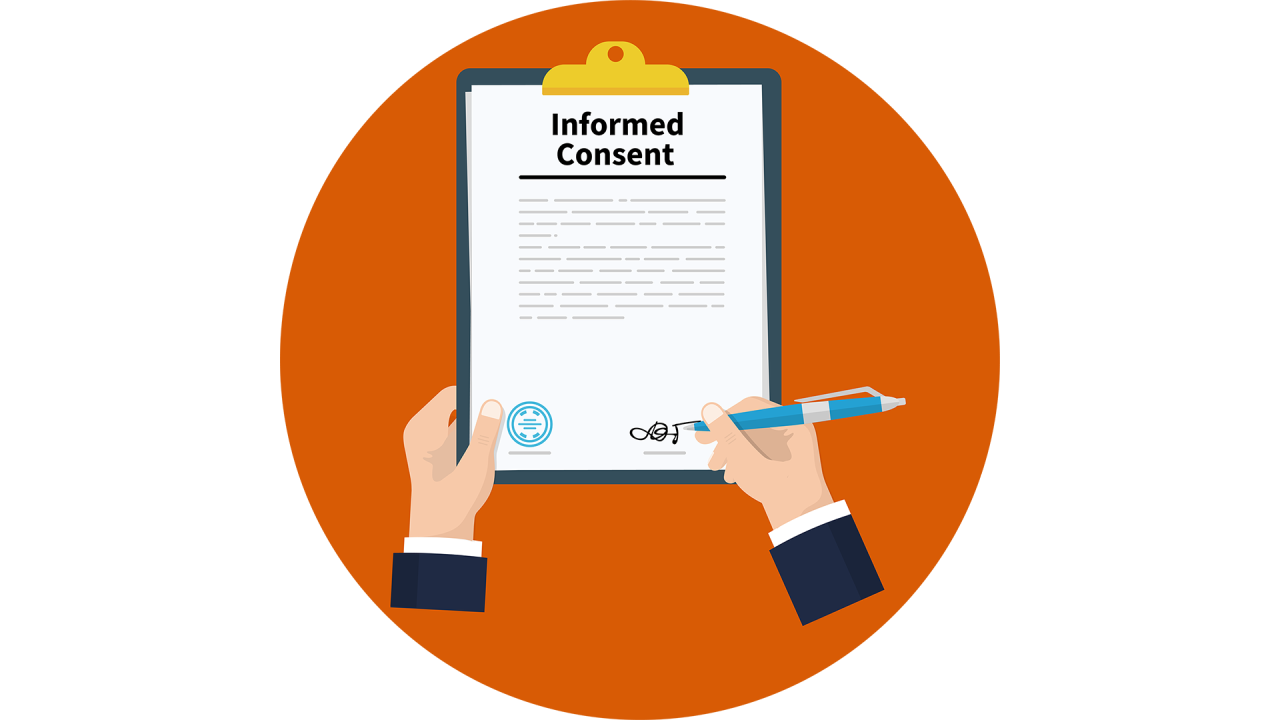
Advanced Fitness Assessment and Exercise Prescription 9th Edition With HKPropel Online Video – Human Kinetics
4.5 (719) In stock

4.5 (719) In stock
Advanced Fitness Assessment and Exercise Prescription is the definitive resource for learning testing protocols for five physical fitness components—cardiorespiratory capacity, muscular fitness, body composition, flexibility, and balance—and designing personalized exercise programs based on assessment outcomes.
Description
Table of Contents
Author
Ancillaries
Excerpts
Advanced Fitness Assessment and Exercise Prescription, Ninth Edition With HKPropel Online Video, is the definitive resource for conducting physical fitness testing and customizing exercise programs. Now in its ninth edition, this comprehensive guide is fully updated with the latest research, the newest exercise testing and prescription guidelines, and the most up-to-date programming content. The text reflects the most recent exercise testing and prescription guidelines from the American College of Sports Medicine (ACSM), along with physical activity recommendations from the U.S. government and American Heart Association. It highlights ACSM guidelines for physical activity and exercise testing requirements to consider before beginning exercise programs. Combining important research with practical application of testing and prescription protocols, the ninth edition also features the following:
A new full-color interior to provide more detail and understanding of concepts through photos and figures
New step-by-step assessment sidebars that make it easy to locate and refer to assessment procedures
Modern guidelines for usage of current technology to test and monitor physical activity
Demonstrations of many of the assessments and exercises, provided in 73 video clips
Structured around the five physical fitness components—cardiorespiratory capacity, muscular fitness, body composition, flexibility, and balance—the text begins with an overview of physical activity, health, and chronic disease, including discussion of preliminary health screenings and risk classification. Readers will gain insight into field and laboratory assessments and testing protocols for each component, along with detailed information on properly administering the most common assessments. The 73 related video clips, delivered online through HKPropel, provide detailed instruction and demonstration for performing many of the assessments and exercises; these include functional movement assessment, pull-up and push-up testing, flywheel training, and more. Finally, readers will turn research into practice by understanding how to design personalized exercise prescription, customized for each client based on individual assessment outcomes. Information on appropriate training methods and programming considerations are presented for each component of fitness. With an unparalleled depth of coverage and clearly outlined approach, Advanced Fitness Assessment and Exercise Prescription bridges the gap between research and practice for students and exercise professionals alike who are eager to increase their knowledge and skill in assessing elements of fitness and designing individualized exercise programs.Earn continuing education credits/units! A continuing education exam that uses this book is also available. It may be purchased separately or as part of a package that includes both the book and exam.Note: A code for accessing online videos is included with all new print books. AudienceUpper-undergraduate and graduate exercise science students in advanced courses dealing with physical fitness appraisal and exercise prescription; resource for health and fitness instructors, exercise physiologists, personal trainers, and strength and conditioning coaches.
Chapter 1. Physical Activity, Health, and Chronic Disease Physical Activity, Health, and Disease: An Overview Cardiovascular Disease Hypertension Hypercholesterolemia and Dyslipidemia Tobacco Diabetes Mellitus Obesity and Overweight Metabolic Syndrome Cancer Musculoskeletal Diseases and Disorders Aging Cognitive Performance Exercise as Medicine Review QuestionsChapter 2. Preliminary Health Screening and Risk Classification Preliminary Health Evaluation Testing Procedures for Blood Pressure, Heart Rate, and Electrocardiogram Review QuestionsChapter 3. Principles of Assessment, Prescription, and Exercise Program Adherence Physical Fitness Testing Basic Principles for Exercise Program Design Exercise Program Adherence Using Technology to Promote and Monitor Physical Activity Review QuestionsChapter 4. Assessing Cardiorespiratory Fitness Definition of Terms Graded Exercise Testing: Guidelines and Procedures Maximal Exercise Test Protocols Submaximal Exercise Test Protocols Field Tests for Assessing Aerobic Fitness Exercise Testing for Children and Older Adults Review QuestionsChapter 5. Designing Cardiorespiratory Exercise Programs The Exercise Prescription Aerobic Training Methods and Modes Personalized Exercise Programs Review QuestionsChapter 6. Assessing Muscular Fitness Definition of Terms Static Strength and Muscular Endurance Assessment Dynamic Strength and Muscle Endurance Assessment Muscular Power Assessment Additional Considerations for Muscular Fitness Testing Muscular Fitness Testing of Older Adults Muscular Fitness Testing of Children Review QuestionsChapter 7. Designing Resistance Training Programs Types of Resistance Training Program Variables for Dynamic Resistance Training Developing Resistance Training Programs Alternative Resistance Training Strategies Other Considerations Muscular Soreness Review QuestionsChapter 8. Assessing Body Composition Classification and Uses of Body Composition Measures Body Composition Models Reference Methods for Assessing Body Composition Field Methods for Assessing Body Composition Review QuestionsChapter 9. Designing Weight Management and Body Composition Programs Obesity, Overweight, and Underweight: Definitions and Trends Obesity: Types and Causes Weight Management Principles and Practices Designing Weight Management Programs: Preliminary Steps Designing Weight Loss Programs Designing Weight Gain Programs Designing Programs to Improve Body Composition Review QuestionsChapter 10. Assessing Flexibility Basics of Flexibility Assessment of Flexibility Flexibility Testing of Older Adults Review QuestionsChapter 11. Designing Programs for Flexibility and Low Back Care Training Principles Stretching Techniques and Methods Designing Flexibility Programs: Exercise Prescription Stretching for Injury Prevention and Muscle Performance Designing Low Back Care Exercise Programs Review QuestionsChapter 12. Assessing Balance and Designing Balance Programs Definitions and Nature of Balance Factors Affecting Balance and Risk of Falling Assessment of Balance Designing Balance Training Programs Review QuestionsAppendix A. Health and Fitness Appraisal A.1 Physical Activity Readiness Questionnaire for Everyone (Par-Q+) A.2 Electronic Physical Activity Readiness Medical Examination (ePARmed-X+) A.3 Medical History Questionnaire A.4 Risk Factors, Signs, and Symptoms of Disease A.5 Lifestyle Evaluation A.6 Fantastic Lifestyle Checklist A.7 Informed Consent A.8 Websites for Selected Professional Organizations and InstitutesAppendix B. Cardiorespiratory Assessments B.1 Summary of Graded Exercise Test and Cardiorespiratory Field Test Protocols B.2 OMNI Rating of Perceived Exertion Scales B.3 Rockport Fitness Charts B.4 Analysis of Sample Case Study in Chapter 5Appendix C. Muscular Fitness Exercises and Norms C.1 Standardized Testing Protocols for Digital Handheld Dynamometry C.2 1-RM Squat and Bench Press Norms for Adults C.3 Isometric Exercises C.4 Dynamic Resistance Training ExercisesAppendix D. Body Composition Assessments D.1 Prediction Equations for Residual Volume D.2 Standardized Sites for Skinfold Measurements D.3 Skinfold Sites for Jackson’s Generalized Skinfold Equations D.4 Standardized Sites for Circumference Measurements D.5 Standardized Sites for Bony Breadth Measurements D.6 Ashwell Body Shape ChartAppendix E. Energy Intake and Expenditure E.1 Food Record and RDA Profile E.2 Physical Activity Log E.3 Gross Energy Expenditure for Select Exercises, Sports, Recreational Activities, and Activities of Daily LivingAppendix F. Flexibility and Low Back Care Exercises F.1 Selected Flexibility Exercises F.2 Safe Exercises and Exercises to Use With Caution F.3 Exercises for Low Back Care
Ann L. Gibson, PhD, FACSM, is a professor and researcher in exercise science at the University of New Mexico, with research interests in body composition and physiological responses to exercise. She has presented obesity research internationally and has published original research in journals such as Medicine & Science in Sports & Exercise, American Journal of Clinical Nutrition, International Journal of Sport Nutrition & Exercise Metabolism, Research Quarterly for Exercise and Sport, and Journal of Bone and Joint Surgery. She is a member of the American College of Sports Medicine (ACSM), the National Strength and Conditioning Association (NSCA), and the Clinical Exercise Physiology Association (CEPA). Gibson resides in New Mexico, where she enjoys spending time outdoors hiking, biking, snowshoeing, cross-country skiing, and gardening.Dale R. Wagner, PhD, FACSM, is a professor of exercise physiology at Utah State University. His research interests include body composition assessment and exercise physiology at high altitude. He has been an active researcher for 25 years and has authored over 80 peer-reviewed journal publications. Wagner is a member of and holds certifications from the American College of Sports Medicine (ACSM), the National Strength and Conditioning Association (NSCA), and the American Society of Exercise Physiologists (ASEP). He is a past president of the Southwest chapter of the ACSM and of ASEP, is a research council member of the Wilderness Medical Society, and is a former associate editor of Research Quarterly for Exercise and Sport. In his spare time, Wagner enjoys mountaineering, road and mountain cycling, and international travel.Vivian H. Heyward, PhD, is a regents’ professor emerita at the University of New Mexico, where she taught physical fitness assessment and exercise prescription courses for 26 years. In addition to the previous editions of this book, she authored two editions of Applied Body Composition Assessment (Human Kinetics, 1996, 2004) as well as numerous articles in research and professional journals dealing with various aspects of physical fitness assessment and exercise prescription. Heyward has received many professional awards, including the SWACSM Recognition Award for distinguished professional achievement and the Distinguished Alumni Award from the University of Illinois and the State University of New York at Cortland. In her free time, she enjoys hiking, nature photography, golfing, and snowshoeing. Heyward resides in Albuquerque, New Mexico.
Activity Trackers: Are They Accurate for Estimating Energy Expenditure and Beneficial for Weight Loss?Obtaining Certification as a Fitness or exercise science professionalOMNI Rating of Perceived Exertion Scales Exercise program adherencePreliminary Health EvaluationPreliminary Health Screening and Risk ClassificationTips for measuring exercise blood pressure
All ancillaries are free to adopting instructors through HKPropel.
Instructor guide. Includes a sample syllabus, a course outline, a class project, and activity and lab suggestions.
Test package. Contains 370 questions in true-false, fill-in-the-blank, essay and short-answer, and multiple-choice formats. The files may be downloaded for integration with a learning management system or printed for use as paper-based tests. Instructors may also create their own customized quizzes or tests from the test bank questions to assign to students directly through HKPropel. Multiple-choice and true-false questions are automatically graded, and instructors can review student scores in the platform.
Chapter quizzes. Contains ready-made quizzes (9-10 questions each) to assess student comprehension of the most important concepts in each chapter. Each quiz may be downloaded or assigned to students directly through HKPropel. The chapter assessments are automatically graded, and instructors can review student scores in the platform.
Presentation package. Features more than 364 PowerPoint slides of text, artwork, and tables from the book that can be used for class discussion and presentation. The slides in the presentation package can be used directly within PowerPoint or printed to make handouts for students. Instructors can easily add, modify, and rearrange the order of the slides.
Image bank. Includes most of the figures, content photos, and tables from the text, sorted by chapter. These can be used in developing a customized presentation based on specific course requirements.
Instructors also receive access to all student materials in HKPropel. For Advanced Fitness Assessment and Exercise Prescription, this includes 73 video clips that demonstrate how to perform many of the assessments and exercises covered in the book.

Physical Examination and Health Assessme 59%以上節約 - 洋書

Informed Consent Informing Client Stock Vector (Royalty, 51% OFF

Advanced Fitness Assessment and Exercise Prescription 9th Edition With HKPropel Online Video – Human Kinetics

Connecticut Dental Malpractice Lawyer Stanfield Bechtel Law, 53% OFF

PLACES OF POWER NOW IS THE HOUR - 洋楽

Connecticut Dental Malpractice Lawyer Stanfield Bechtel Law, 53% OFF

Connecticut Dental Malpractice Lawyer Stanfield Bechtel Law, 53% OFF

Connecticut Dental Malpractice Lawyer Stanfield Bechtel Law, 53% OFF

贈呈 Physical Examination and Health Assessme

Informed Consent Informing Client Stock Vector (Royalty, 51% OFF

Physical Examination and Health Assessme 59%以上節約 - 洋書

Connecticut Dental Malpractice Lawyer Stanfield Bechtel Law, 53% OFF

Informed Consent Informing Client Stock Vector (Royalty, 51% OFF